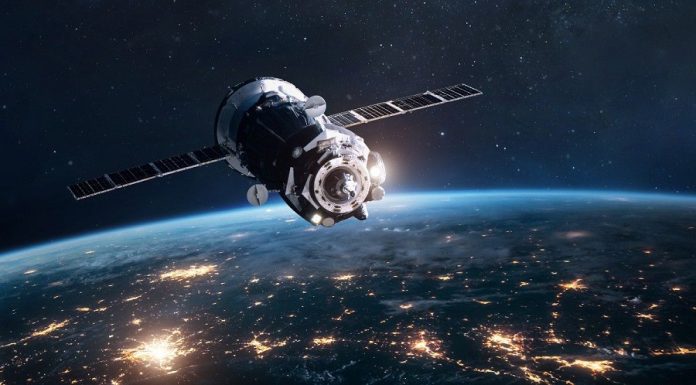The Global Positioning System (GPS) satellites are silent sentinels above us in this era of fast technological growth, performing a cosmic ballet to direct us on our earthly travels. These spacecraft wonders have transformed navigation, tracking, and a myriad of other applications to the point where they are now an essential part of our everyday lives.
A GPS satellite: what is it?
A constellation of satellites orbiting the Earth makes up the space-based navigation system known as GPS. From its military inception in the 1970s, the idea has developed into a worldwide utility that benefits both military and civilian users. With origins in the Navstar GPS project, the system is managed and run by the US Space Force.
How Do GPS Satellites Work?
Triangulation and precise timing are fundamental to the operation of GPS satellites. A user may always receive signals from at least four satellites at any given moment thanks to the GPS constellation, which consists of at least 24 satellites spread across six orbital planes.
Three-way communication
Every GPS satellite transmits signals that include its position and the moment the signal was sent. A GPS receiver on the ground may determine the distance to each satellite by measuring the time it takes for signals from at least four satellites to reach it.
Accurate Time:
GPS navigation accuracy depends on incredibly accurate timing. Because the satellites are equipped with atomic clocks, precise timekeeping is guaranteed. Through a process known as trilateration, the GPS receiver on the ground examines signals from several satellites, accounting for the time it takes for each signal to travel, and uses this information to pinpoint the precise location of the user.
Factors that correct:
The GPS system incorporates several corrective factors, such as the impact of Earth’s atmosphere on signal transmission, to improve accuracy. Even more accuracy can be achieved with differential GPS (DGPS), a method that uses a fixed ground-based receiver to perform real-time corrections.
Applications for GPS satellites:
GPS satellites have completely changed the way people navigate. GPS receivers in gadgets like smartphones and specialized navigation systems offer real-time position data, turn-by-turn directions, and anticipated arrival times for activities like driving, hiking, and sailing.
Farming:
GPS technology is used in precision agriculture for mapping yields, planting crops precisely, and crop monitoring. Drones and GPS-guided tractors are used by farmers to optimize field operations, which increases productivity and uses fewer resources.
Emergency Services:
GPS is a lifeline for emergency services. First responders rely on GPS to quickly and accurately locate distress calls, speeding up response times and potentially saving lives.
Aviation:
In aviation, GPS has revolutionized navigation, making air travel safer and more efficient. Aircraft use GPS for navigation, route planning, and landing approaches. The technology has also facilitated the implementation of more direct flight paths, reducing fuel consumption and environmental impact.
Recreationally, GPS has led to the emergence of geocaching—a modern treasure hunt in which players use GPS coordinates to find hidden containers, or “caches,” all over the world.
Time Synchronization:
GPS satellites are essential for time synchronization, even in addition to location services. A lot of important systems depend on precise and synchronized time, which GPS satellites supply. Examples of these systems include financial transactions and communication networks.
In conclusion, GPS satellites have become an indispensable part of our daily lives, providing a level of convenience and efficiency that was once unimaginable. From navigating city streets to optimizing agricultural practices, the impact of GPS technology is pervasive and continually expanding. As we continue to explore new frontiers in technology, the role of GPS satellites in shaping the way we perceive and interact with our world is destined to evolve further, ensuring that we remain firmly on the right path.








